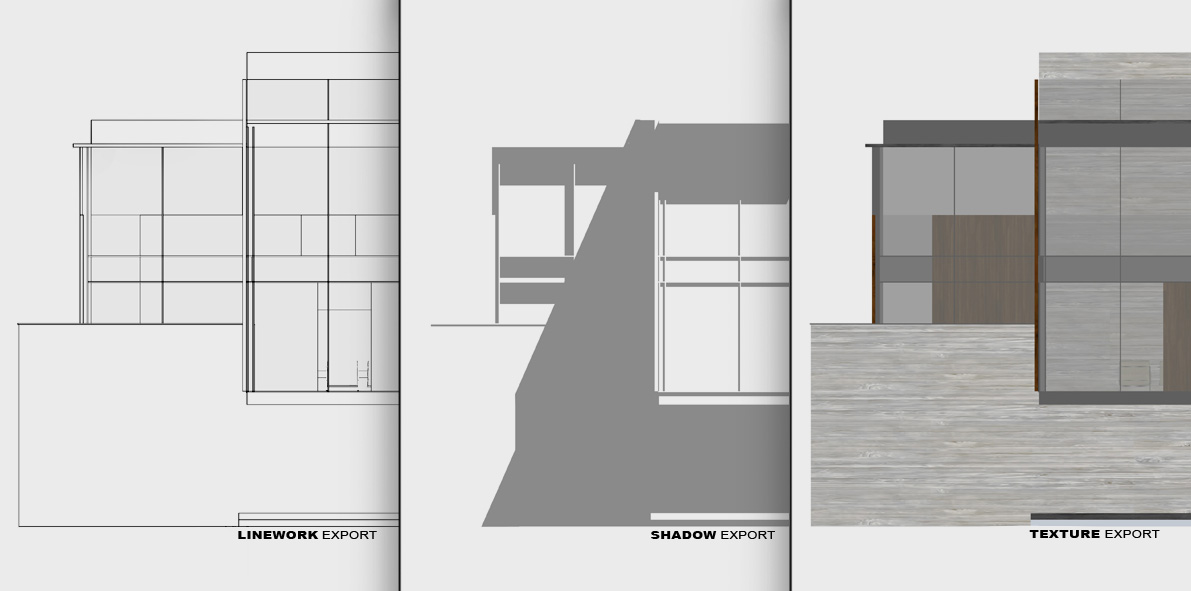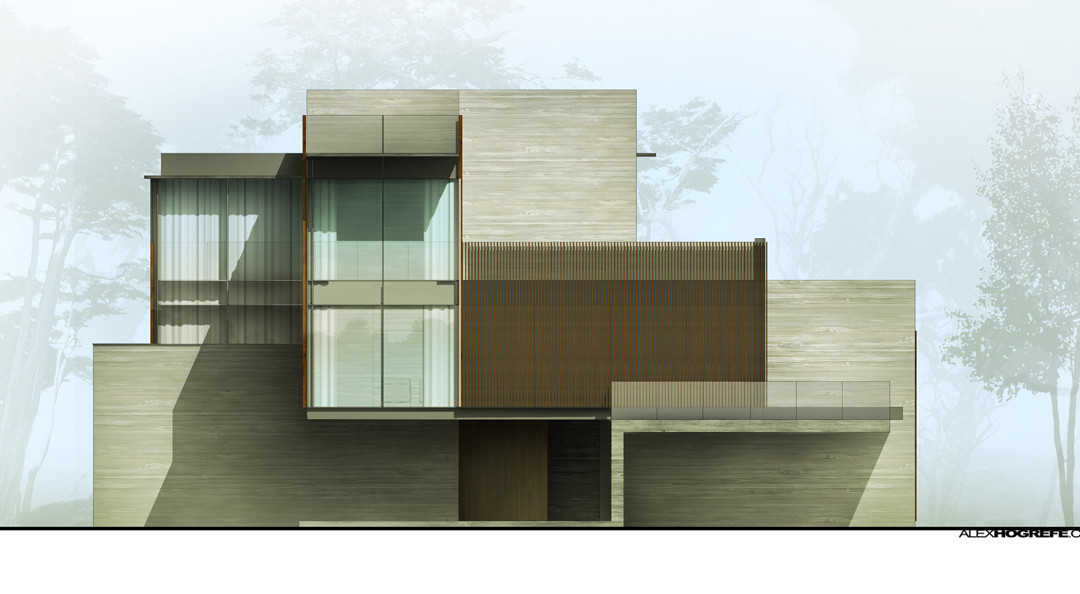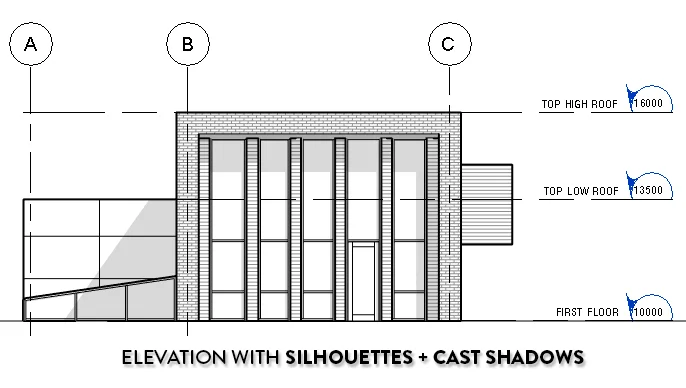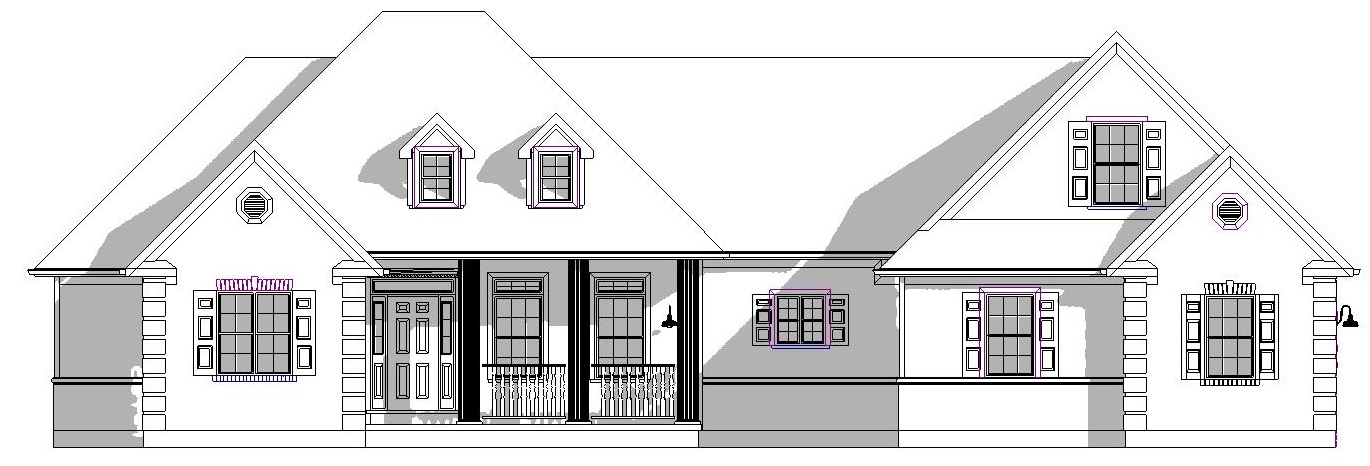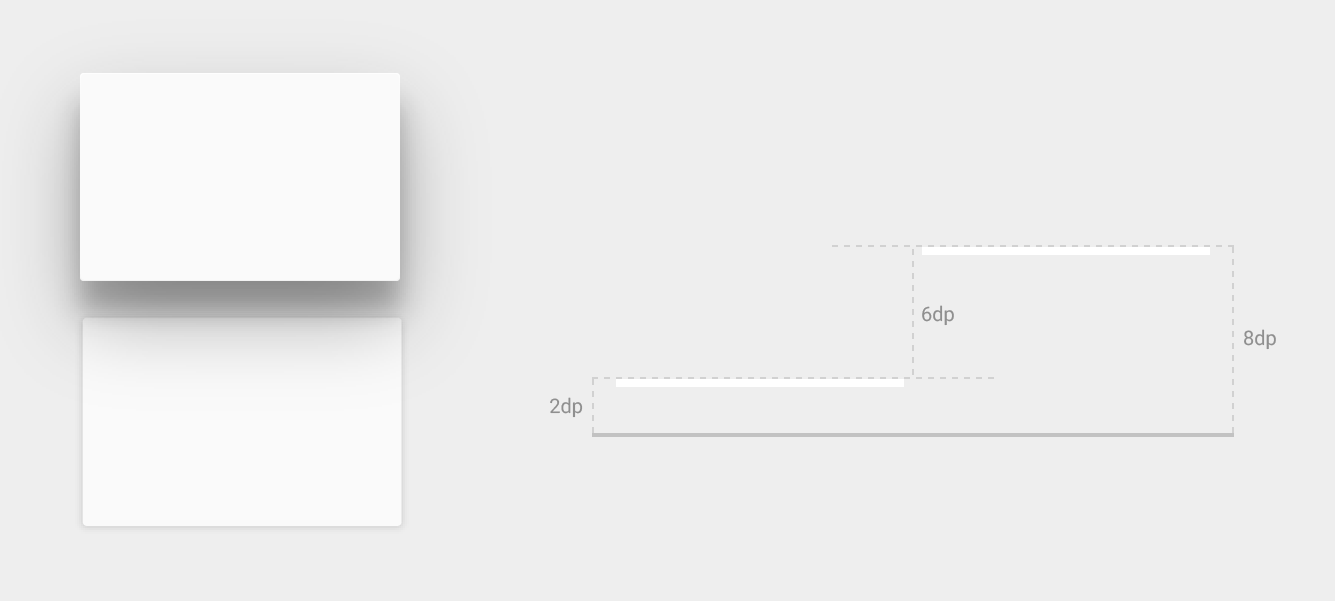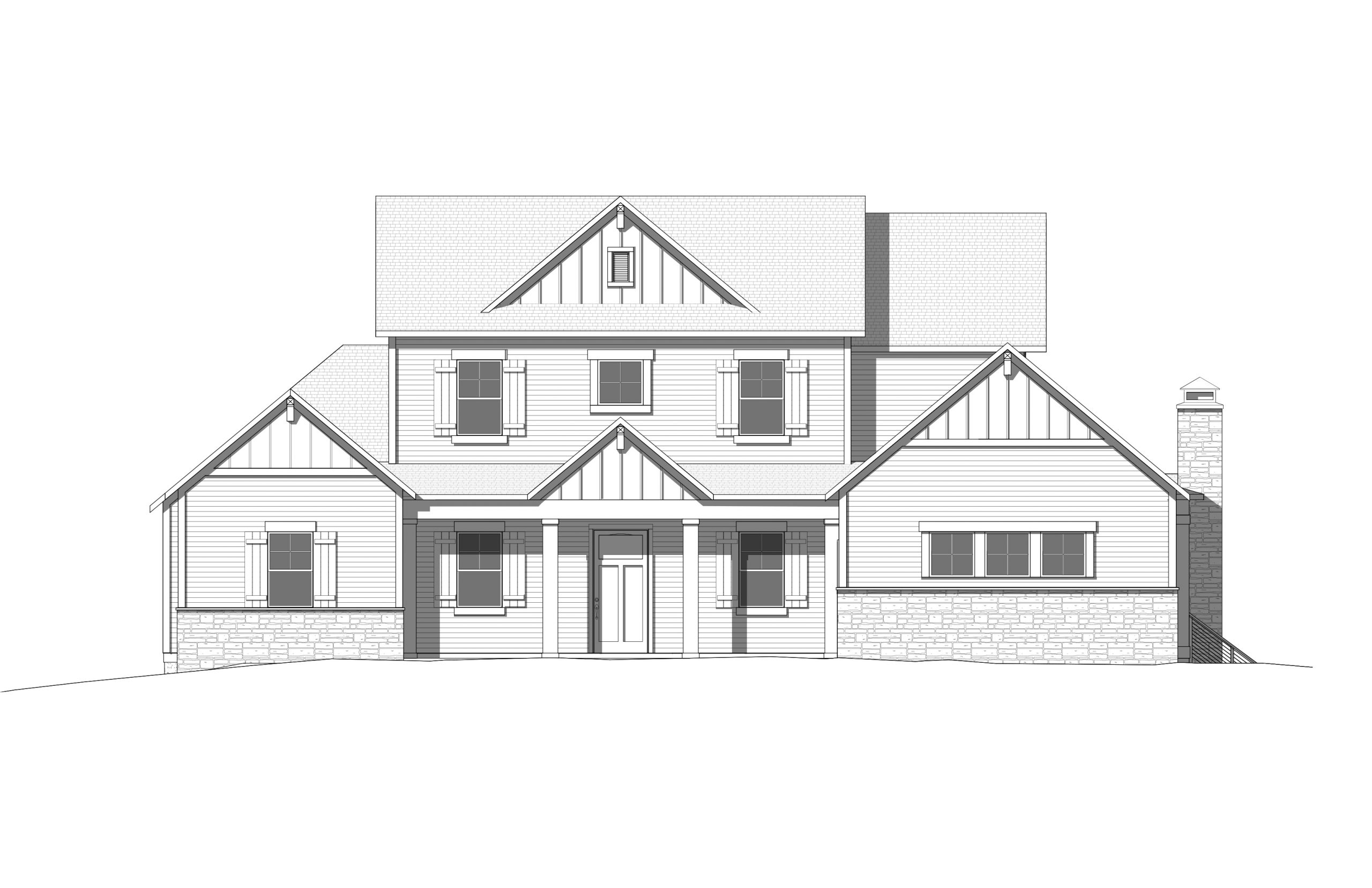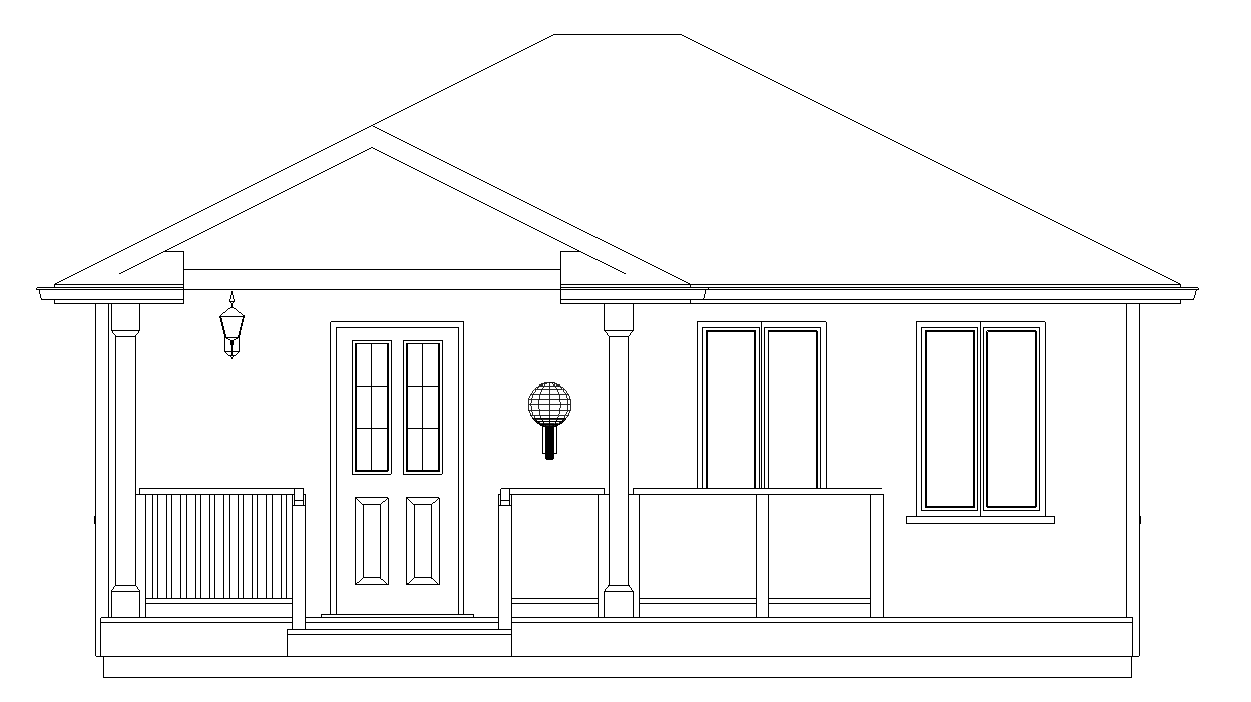Divine Tips About How To Draw Shadows On Elevations

2a) make sure that you go to view>rendering>open gl options and check.
How to draw shadows on elevations. Watch this tutorial if you would like your elevations to have a better visual appeal with shadows and depth. Draw an elevation line in the drawing. 2) then in open gl (and other some rendering modes, if you have rw) shadows will be generated.
If you draw shadows manually to add a sense of depth to an elevation or plan it is common to use a 45º angle (also 30º and 60º). For a detail drawing or enlarged elevation, you can start by isolating the objects that you want to focus on. Open the elevation (or section) settings dialogue box of the current viewpoint.
Select the type of elevation object you want to create: How to draw shadow diagrams on sloping and hilly sites in 2d. Do a right click on the tab and select elevation (or section) settings.
Under the model display tab,. Set the silhouettes to a linetype of medium width. Access the graphic display options by clicking the cube next to the sun icon on the view control bar.
If you have both buildings as models and draw an elevation marker with infinite depth + go under the model effects' settings for your elevation marker and check vectorial 3d. Below is the description of how the values are calculated. Select desired times for shadow lines to be generated 2.
Length of the shadows can then be drawn at. Enter building height at selected point. This 2d shadow diagram tutorial will explain how to manually work out shadow diagrams for sloping and hilly sites.


